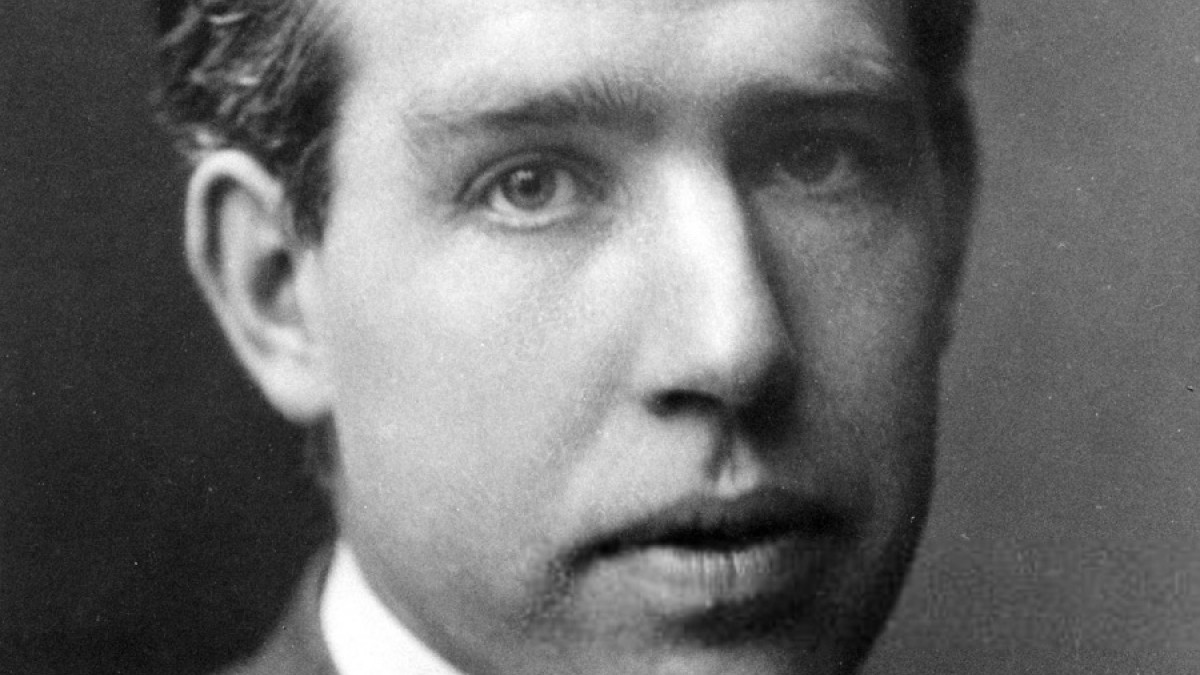James Clerk Maxwell is recognized as a pivotal figure in physics, largely due to his groundbreaking efforts in electromagnetism. The influence of his theoretical and empirical discoveries has spread throughout contemporary science and technology, driving progress from radio communication to the intricacies of quantum field theory. A detailed review of his primary achievements offers deep insight into how Maxwell redefined the scientific understanding of electricity and magnetism.
The Foundations: Unifying Electricity and Magnetism
Prior to Maxwell, electricity and magnetism were largely investigated as distinct phenomena, each with their own sets of laws. Pioneers such as Michael Faraday, André-Marie Ampère, and Carl Friedrich Gauss had laid the groundwork, yet their findings were considered independent. Maxwell’s profound insight was to recognize underlying connections through carefully constructed mathematics and physical intuition.
His key achievement was the formulation of what are now celebrated as Maxwell’s equations. These four partial differential equations elegantly encapsulate how electric and magnetic fields are generated and interrelated through charges, currents, and dramatic variations in time. Summarized, they are:
Gauss’s Law for Electricity: Describes how electric charges produce electric fields.
Gauss’s Law for Magnetism: Expresses the absence of isolated magnetic monopoles, stating that magnetic field lines are always closed loops.
Faraday’s Law of Induction: Describes the process by which a fluctuating magnetic field produces an electric field.
Ampère-Maxwell Law: This law illustrates that magnetic fields are generated by both electric currents and fluctuating electric fields, a concept Maxwell introduced as the displacement current.
Maxwell’s integration and refinement of these descriptions yielded a single, coherent theoretical framework that unified electricity and magnetism into a single entity: the electromagnetic field.
The Prediction and Discovery of Electromagnetic Waves
Arguably the most influential prediction derived from Maxwell’s equations was the existence of electromagnetic waves. By mathematically manipulating his equations, Maxwell identified that variations in electric and magnetic fields could propagate through space as waves, even in the absence of any material medium.
Maxwell calculated the speed of these waves and, to his astonishment, found that it matched the measured speed of light almost exactly. This striking revelation allowed Maxwell to propose that light itself is an electromagnetic wave, thereby uniting the domains of optics and electromagnetism under one theoretical roof.
This theoretical proposition paved the way for other scientists, most notably Heinrich Hertz, to experimentally validate the existence of radio waves in the late 1880s. Hertz’s experiments not only confirmed Maxwell’s predictions but also ushered in revolutionary technologies such as wireless communication, radar, and later, modern electronic devices.
Mathematical Rigor and Conceptual Innovations
Maxwell’s skill in translating Faraday’s abstract ideas into precise mathematical terms was crucial for advancing the discipline. While Faraday referred to “lines of force,” Maxwell employed vector calculus to formally delineate the behavior and interaction of fields. His application of differential equations brought precision, enabling subsequent generations to utilize, verify, and broaden his framework across numerous physical scenarios.
A significant advancement introduced by Maxwell was the displacement current. Earlier frameworks failed to explain scenarios where the electric field varied over time without a physical current being present, as seen in capacitors. Through the concept of displacement current, Maxwell resolved the inconsistencies in Ampère’s Law, thereby achieving the symmetry necessary for wave propagation and guaranteeing mathematical coherence.
Far-reaching Impact on Modern Physics and Technology
Maxwell’s theories had consequences that reached well beyond their initial scope. Albert Einstein hailed Maxwell’s electromagnetic theory as the “most profound and the most fruitful that physics has experienced since the time of Newton.” The understanding that light’s speed remains constant for every observer laid the foundation for Special Relativity. Furthermore, quantum electrodynamics is deeply rooted in Maxwell’s classical field theory.
Many engineering breakthroughs are deeply indebted to Maxwell’s enduring contributions. Innovations such as X-rays, laser technology, fiber optic systems, and the whole domain of electronics originate from the fundamental concepts laid out in his mathematical formulations. Wireless connectivity, encompassing everything from initial radio broadcasts to modern cellular systems and satellite communications, finds its direct theoretical heritage in his renowned wave equations.
Legacy and Perspective
James Clerk Maxwell’s contributions constitute more than a historic achievement; they form a continuous thread woven through every technical advance that relies on the control and transmission of electromagnetic phenomena. By providing a unified description of electricity, magnetism, and light, Maxwell illuminated pathways for both theoretical and applied sciences that remain relevant and essential today. The unity, generality, and predictive power of Maxwell’s work exemplify the enduring potential of scientific synthesis, shaping how humanity understands and utilizes the forces of nature.




.jpg)